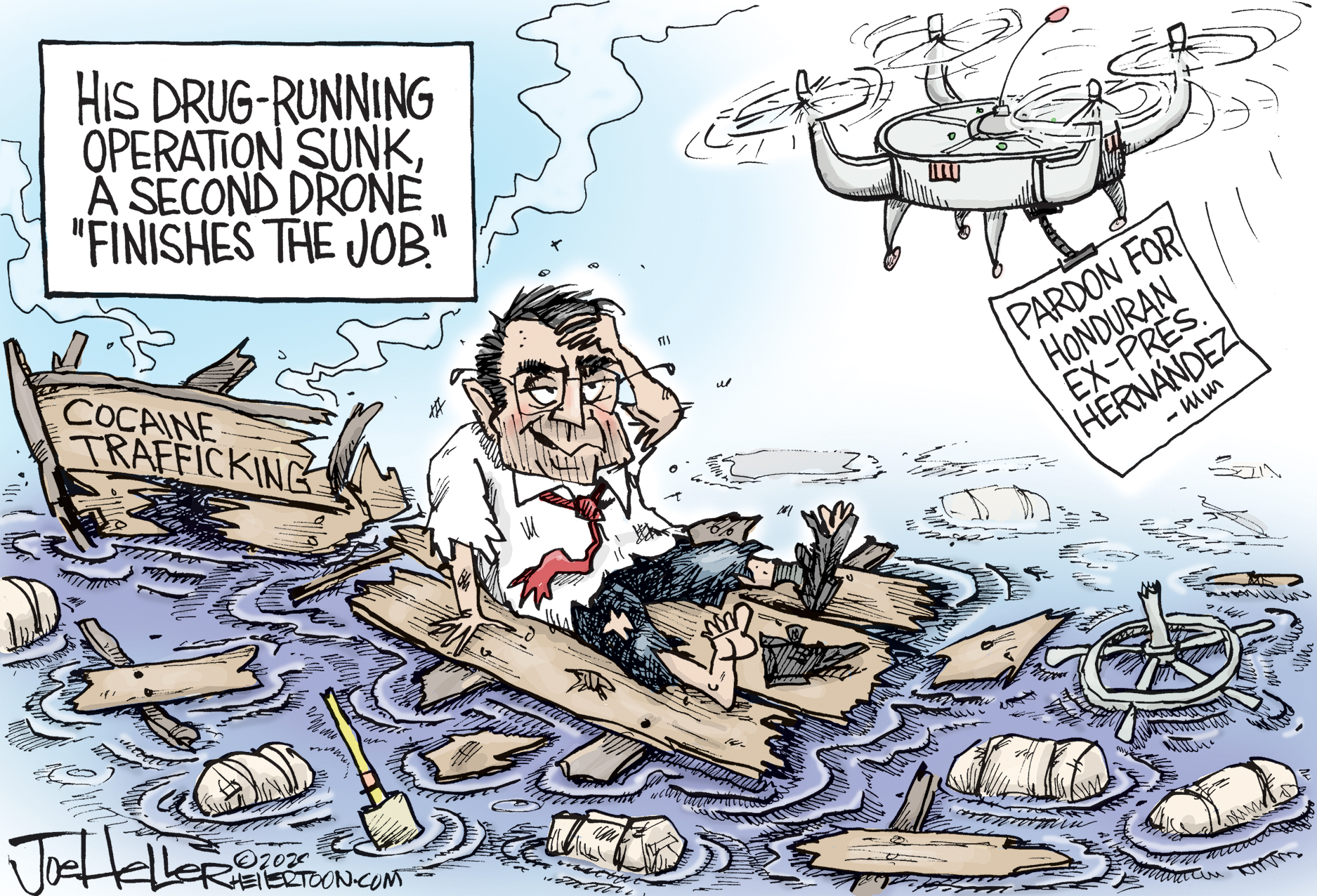Issue of the week: What does the stock rally tell us?
Most economists see growth resuming by the end of the year, but will high unemployment slow the rate of recovery?
The Dow Jones industrial average’s surge above 9,000 marks the unofficial end of the great financial panic of 2008, said Douglas Hanks in The Miami Herald. The last time the stock average passed 9,000 was on the way down—in January, amid a terrifying free-fall that pulled the index all the way down to 6,547. The climb back was swift, with the average rising 38.5 percent in little more than five months—the fastest rebound since 1975, when the U.S. was climbing out of a debilitating recession. To be sure, the Dow is still 20 percent below its level of 12 months ago, “before Lehman Brothers failed, Fannie Mae and Freddie Mac were rescued, and Washington raced to prevent a global collapse in the banking system.” But the landscape looks much different today. “The economy has shed the panic” that made buying stocks seem foolhardy, and most economists see growth resuming by the end of the year. “It wasn’t clear we were going to escape,” said University of Florida economist David Denslow. “We’re much more secure now.”
Tell that to the millions standing in unemployment lines, said Catherine Holahan in Moneycentral.msn.com. The supposed recovery that economists and investors are celebrating “could have little to offer most Americans.” Of the 6.5 million jobs lost in the recession, a little more than half have disappeared since the first of the year. With so many recent job losses, the unemployment rate is likely to stay stubbornly high long after economic growth resumes. Most businesses will remain wary of hiring until gross domestic product growth hits 2.5 percent or more. “They are going to use every other thing they can to raise output first,” said economist Brian Bethune of IHS Global Insight, “and start hiring last.”
That strategy might help individual companies, said Robert Cyran in CNNmoney.com, but it will both slow the recovery and make it modest when it arrives. Cutting payrolls to the bone does wonders for profitability in the short term—witness the positive second-quarter earnings posted by many companies in the Standard & Poor’s 500-stock index, including Ford, Intel, and Apple. “Yet the foundations of a sustainable recovery look shaky.” Consumers can’t spend if they don’t have incomes, and consumer spending drives two-thirds of the economy. So high unemployment probably means “lower sales of everything from clothes to power plants.”
The Week
Escape your echo chamber. Get the facts behind the news, plus analysis from multiple perspectives.

Sign up for The Week's Free Newsletters
From our morning news briefing to a weekly Good News Newsletter, get the best of The Week delivered directly to your inbox.
From our morning news briefing to a weekly Good News Newsletter, get the best of The Week delivered directly to your inbox.
Such pessimism may seem logical, but there’s actually little historical evidence to support it, said Paul Ormerod in the Financial Times. Recessions rarely last longer than two years, “and most recoveries, once they start, are strong.” This pattern holds true even for severe recessions, like the current one, in which the economy contracts by more than 6 percent. It’s also worth noting that some of the commentators and economists who are sounding so downbeat about the recovery had earlier underestimated how far the economy would fall. “Are these same forecasters now too pessimistic about recovery?”
A free daily email with the biggest news stories of the day – and the best features from TheWeek.com
-
 Political cartoons for December 6
Political cartoons for December 6Cartoons Saturday’s political cartoons include a pardon for Hernandez, word of the year, and more
-
 Pakistan: Trump’s ‘favourite field marshal’ takes charge
Pakistan: Trump’s ‘favourite field marshal’ takes chargeIn the Spotlight Asim Munir’s control over all three branches of Pakistan’s military gives him ‘sweeping powers’ – and almost unlimited freedom to use them
-
 Codeword: December 6, 2025
Codeword: December 6, 2025The daily codeword puzzle from The Week
-
Issue of the week: Yahoo’s ban on working from home
feature There’s a “painful irony” in Yahoo’s decision to make all its employees come to the office to work.
-
Issue of the week: Another big airline merger
feature The merger of American Airlines and US Airways will be the fourth between major U.S. airlines in five years.
-
Issue of the week: Feds’ fraud suit against S&P
feature The Justice Department charged S&P with defrauding investors by issuing mortgage security ratings it knew to be misleading.
-
Issue of the week: Why investors are worried about Apple
feature Some investors worry that the company lacks the “passion and innovation that made it so extraordinary for so long.”
-
Issue of the week: Does Google play fair?
feature The Federal Trade Commission cleared Google of accusations that it skews search results to its favor.
-
Issue of the week: The Fed targets unemployment
feature By making public its desire to lower unemployment, the Fed hopes to inspire investors “to behave in ways that help bring that about.”
-
Issue of the week: Is Apple coming home?
feature Apple's CEO said the company would spend $100 million next year to produce a Mac model in the U.S.
-
Issue of the week: Gunning for a hedge fund mogul
feature The feds are finally closing in on legendary hedge fund boss Steven Cohen.